Filter by
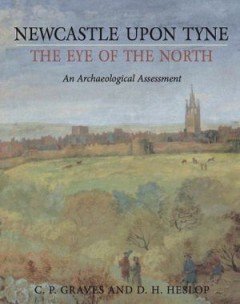
Newcastle upon Tyne, the Eye of the North An Archaeological Assessment
Newcastle upon Tyne is one of England’s great cities. Many think of it mainly as a product of the Industrial Revolution when abundant resources of coal, iron ore and water came together to create a Victorian industrial powerhouse. In fact, Newcastle’s long and proud history began in Roman times when Hadrian’s Wall marked the northernmost point of the Roman Empire.Newcastle became a thrivi…
- Edition
- -
- ISBN/ISSN
- 9781789258936
- Collation
- -
- Series Title
- -
- Call Number
- -
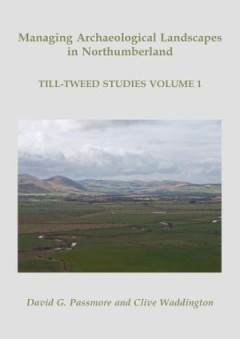
Managing Archaeological Landscapes in Northumberland Till Tweed Studies Volu…
The Till-Tweed river catchment areas in Northumberland contain outstanding archaeological and palaeoenvironmental remains which have been in general only poorly understood. This study has assembled detailed data that will provide a platform for future landscape-based research and site-based investigation. Written from a landscape, or geoarchaeological perspective, this study develops a methodol…
- Edition
- -
- ISBN/ISSN
- -
- Collation
- -
- Series Title
- -
- Call Number
- -
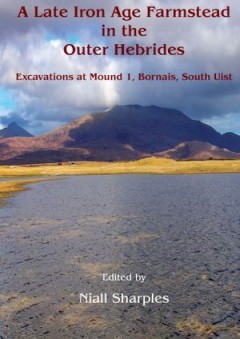
A Late Iron Age farmstead in the Outer Hebrides Excavations at Mound 1, Born…
The settlement at Bornais consists of a complex of mounds which protrude from the relatively flat machair plain in the township of Bornais on the island of South Uist. This sandy plain has proved an attractive settlement from the Beaker period onwards; it appears to have been intensively occupied from the Late Bronze Age to the end of the Norse period. Mound 1 was the original location for sett…
- Edition
- -
- ISBN/ISSN
- 9780000000901
- Collation
- -
- Series Title
- -
- Call Number
- -
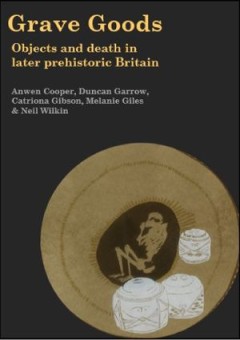
Grave Goods Objects and Death in Later Prehistoric Britain
Britain is internationally renowned for the high quality and exquisite crafting of its later prehistoric grave goods (c. 4000 BC to AD 43). Many of prehistoric Britain's most impressive artefacts have come from graves. Interred with both inhumations and cremations, they provide some of the most durable and well-preserved insights into personal identity and the prehistoric life-course, yet they …
- Edition
- -
- ISBN/ISSN
- 9781789257489
- Collation
- -
- Series Title
- -
- Call Number
- -
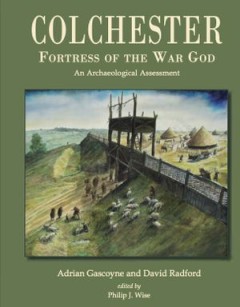
Colchester, Fortress of the War God An Archaeological Assessment
This volume is a critical assessment of the current state of archaeological knowledge of the settlement originally called Camulodunon and now known as Colchester. The town has been the subject of antiquarian interest since the late 16th century and the first modern archaeological excavations occurred in 1845 close to Colchester Castle, the towns most prominent historic site.The earliest signifi…
- Edition
- -
- ISBN/ISSN
- 9781789258929
- Collation
- -
- Series Title
- -
- Call Number
- -
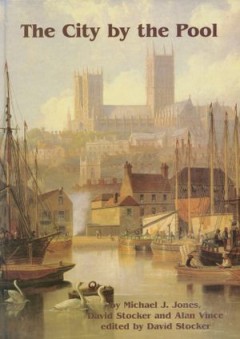
The City by the Pool Assessing the Archaeology of the City of Lincoln
This volume offers a new and up-to-date synthesis of Lincoln's long history as a major city and regional capital, from prehistory to 1945. The 'City by the Pool' was a major religious centre long before the Roman invasion and from bronze-age shamans to early Baptists people have always been attracted here for spiritual as well as mundane purposes. The authors argue for the presence of a major r…
- Edition
- -
- ISBN/ISSN
- 9781789254389
- Collation
- -
- Series Title
- -
- Call Number
- -

Bristol: An Archaeological Assessment A Worshipful Town and Famous City
Bristol is a major city and port in the south-west of England. In medieval times, it became the third largest city in the kingdom, behind London and York. Bristol was founded in the late Saxon period and grew rapidly in the 12th and 13th centuries. Initially, seaborne trading links with Ireland and France were particularly significant; later, from the 16th century onwards, the city became a foc…
- Edition
- -
- ISBN/ISSN
- 9781789258912
- Collation
- -
- Series Title
- -
- Call Number
- -
Ariconium, Herefordshire An Iron Age settlement and Romano-British 'small town'
The Roman 'small town' of Ariconium in southern Herefordshire has long been known as an important iron production center but has remained very poorly understood. The town is suggested to have developed from a late Iron Age Dobunnic tribal center, which owed its evident status and wide range of contacts to control of the production and distribution of Forest of Dean iron. Rapid expansion during …
- Edition
- -
- ISBN/ISSN
- 9781842179352
- Collation
- -
- Series Title
- -
- Call Number
- -
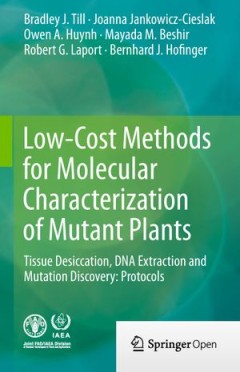
Gender in medieval places, spaces and thresholds
This collection addresses the concept of gender in the middle ages through the study of place and space, exploring how gender and space may be mutually constructive and how individuals and communities make and are made by the places and spaces they inhabit. From womb to tomb, how are we defined and confined by gender and by space? Interrogating the thresholds between sacred and secular, public …
- Edition
- -
- ISBN/ISSN
- 9781909646841
- Collation
- -
- Series Title
- -
- Call Number
- -
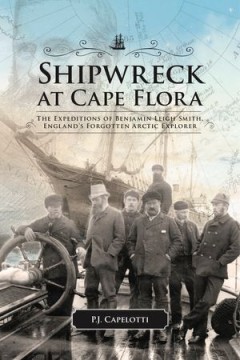
Shipwreck at Cape Flora : The Expeditions of Benjamin Leigh Smith, England's …
Benjamin Leigh Smith discovered and named dozens of islands in the Arctic but published no account of his pioneering explorations. He refused public accolades and sent stand-ins to deliver the results of his work to scientific societies. Yet, the Royal Geographic Society’s Sir Clements R. Markham referred to him as a polar explorer of the first rank. Traveling to the Arctic islands that Leigh…
- Edition
- -
- ISBN/ISSN
- 978-1-55238-712-2
- Collation
- -
- Series Title
- Northern lights series, 1925-2943 ; 16
- Call Number
- 910.92 CAP s
 Computer Science, Information & General Works
Computer Science, Information & General Works  Philosophy & Psychology
Philosophy & Psychology  Religion
Religion  Social Sciences
Social Sciences  Language
Language  Pure Science
Pure Science  Applied Sciences
Applied Sciences  Art & Recreation
Art & Recreation  Literature
Literature  History & Geography
History & Geography